Are you having trouble selecting profitable private label products to sell on Amazon?
As an Amazon seller, you’ve probably heard about how selling private label products can help you expand your online business and take in huge amounts of profits.
However, finding the right products for your brand is easier said than done.
Without the right research, you end up wasting money, time, and energy on a product that just gets immediately stomped on by competitors or totally gets ignored by shoppers.
In this article, I will help you figure out how to pick the hottest private label products for your Amazon brand.
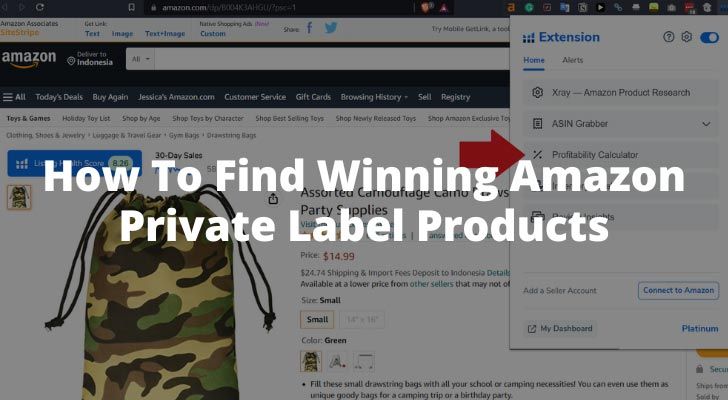
What is an Amazon Private Label Product?
In a nutshell, private labeling is just purchasing generic products made by another manufacturer, possibly tweaking/improving them, and selling them under your own unique brand name.
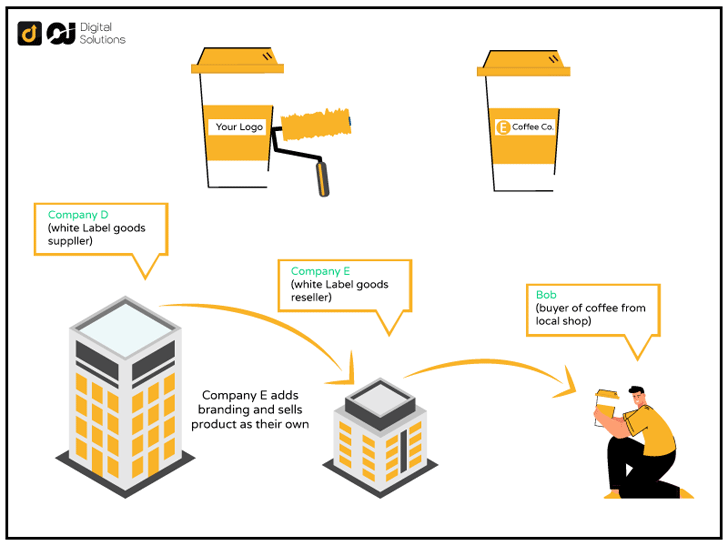
From cosmetics to supplements, clothing to food, you have the opportunity to make money by creating and selling your own private label products on Amazon today.
Building brand recognition can take time and effort, and selling private label products on Amazon can be the key to unlocking long-term growth for your online business.
What Are The Pros Of Selling Amazon Private Label Products?
For someone just starting out on Amazon, you might wonder if private labeling is worth it.
Here are just some reasons why many sellers prefer selling private label products on Amazon:
Less Competition
When you have your own registered private label brand, you are the only person selling it on Amazon. This will avoid having competitors use your listing to sell their own similar products and fight for the buy box.
For example, this iPhone Charger from the brand “PLmuzsz” is sold by multiple sellers, and they are all competing for the Buybox.
Anyone selling the same iPhone Charger can sell it under the same listing.
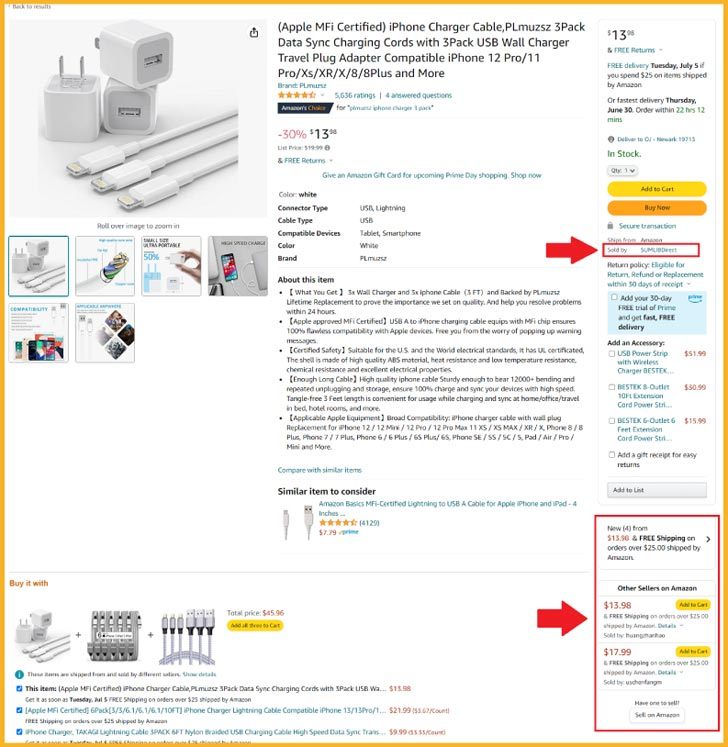
Compare this with this dog supplement brand, “Zesty Paws”.
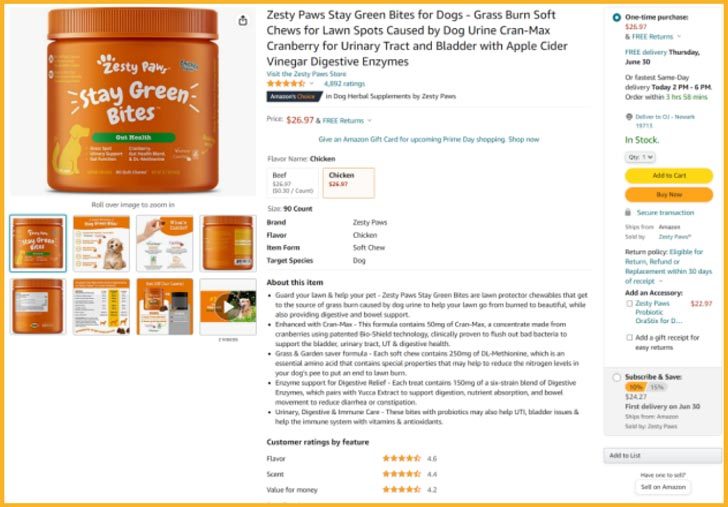
No other seller can use their listing; they are the ONLY owners of their listing and can control all the information on it.
Think of a product listing as an asset that grows in value as you get more sales and reviews.
Do you really want to spend time, money, and energy building an asset you don’t have complete control over?
Get Your Brand Recognized
By selling great products, shoppers are more likely to purchase from your brand when adding new offerings to your inventory.

Save Time, Energy, and Money
With private labeling, you won’t have to convert a part of your home into a production line. You also won’t need the help of an inventor to come up with an entirely new product to sell.
Complete Control Over Marketing
When you sell other people’s products, you might face a few restrictions from its brand owners. Private labeling gives you complete freedom over the product’s style, packaging, and price.
Private Label Product Research is a Process, Not a Shortcut
Amazon is the world's largest marketplace, with over half a billion products for sale.
That means there are tons of opportunities to sell and make money on Amazon. But it also means that the competition is fierce, especially when it comes to private label products.
There are 2 types of private label products: those that you “believe” will sell and those already proven to make you heaping piles of money.
It’s easy to fall into this trap when private labeling products.
Without doing any research, you can end up selling products you like instead of ones already in demand.
Therefore, the first and most crucial step in private labeling is conducting extensive product research.
Here are some factors for you to consider when choosing a private label product to sell:
Focus On Products That Are Easy To Ship
I recommend starting with small and lightweight products, especially if you are just starting with private labeling.
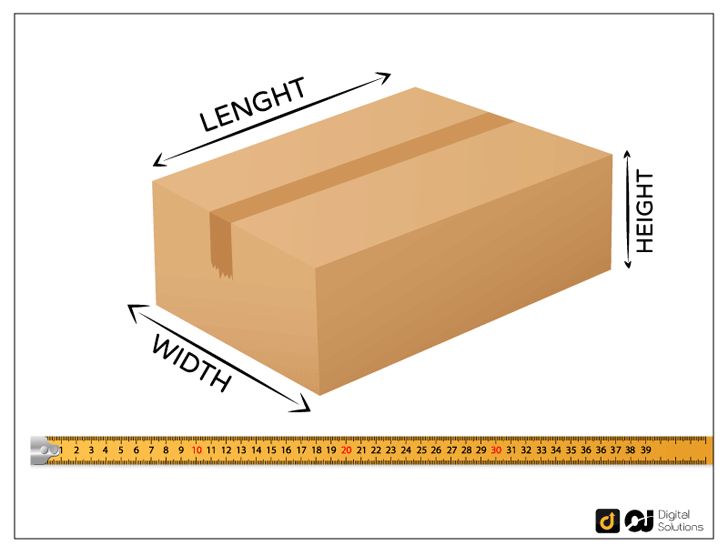
These are cheaper to store and ship out, allowing you to profit from the markup or pass the savings to your customers.
Anything weighing under 3lbs that can fit into a small flat-rate box (8 11/16″ x 5 7/16″ x 1 3/4″) sounds like a pretty good way to start.
Focus On Products That Can Be Sold More Than Once
If a product can be sold more than once, it means that there are likely other people who will want to buy those same products in the future.
This will ensure that your business remains successful and profitable.
Try to steer clear of seasonal products, such as Christmas lights, Easter treats, Valentine’s Day gifts, or winter clothing.
Feel free to add seasonal products to your inventory once your private label brand has become well-established.
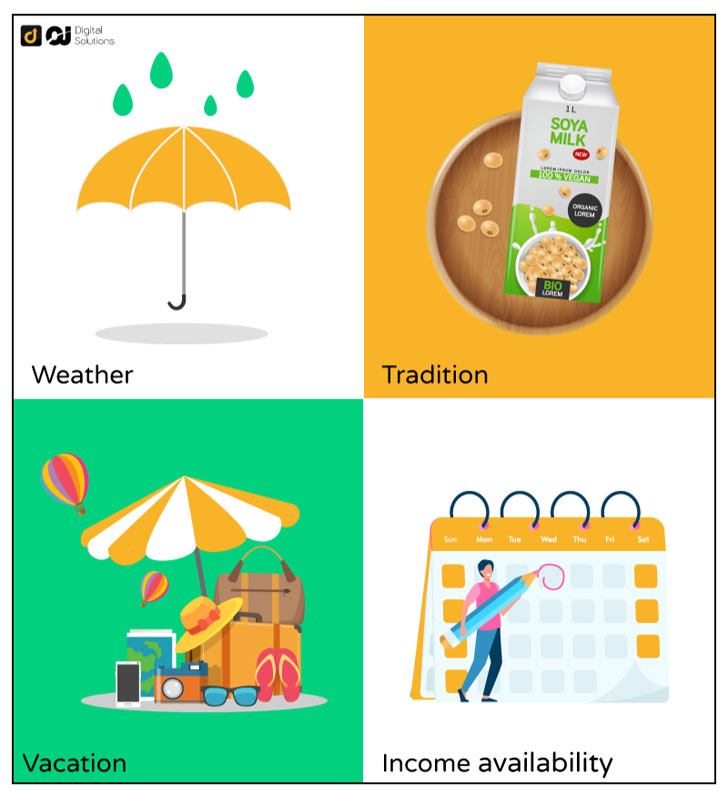
Focus On Simple, Unregulated Products
Some items, such as food, toys, or batteries, can be a challenge to sell since these require certifications, legal compliance, or unending paperwork.
Selling electronic gadgets can also be tempting. But if these are difficult to operate or assemble, you will most likely encounter customer service issues.
The same goes for selling clothing items. You will be required to stock multiple sizes and color variants for your products. Also, expect to encounter more returns and exchanges if you plan to go this route.
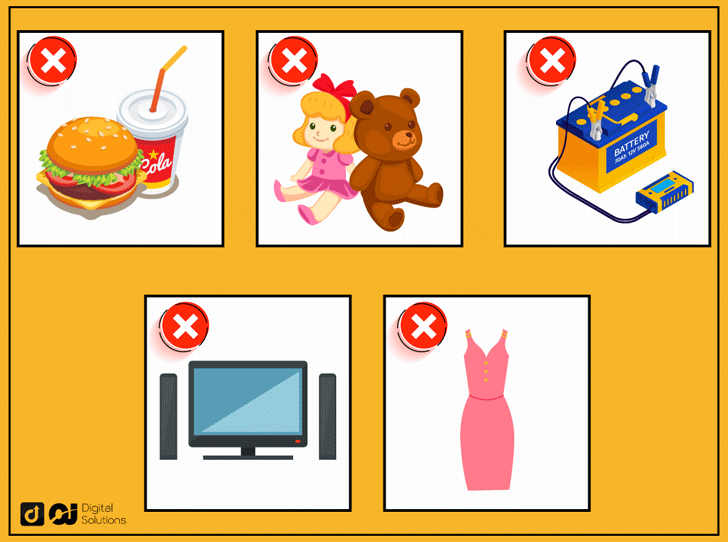
Focus On Products That Are In Demand
If you’ve decided on a product to sell, make sure to check how similar products rank in Amazon’s BSR list.
Doing so allows you to view the products that are already ranking and in demand on Amazon, showing your product’s potential to rank as well.
If you don’t find similar products ranking high on Amazon’s BSR list, you might want to think twice before entering that particular niche.
Sell Items You Would Buy Yourself
Selling on Amazon requires time, energy, and money. Aside from those, you also have to ensure that you are genuinely passionate about the product.
Chances are, if you don’t like or don’t believe in what you are selling, no one else will!
Check what you bought on Amazon in the past, this alone will give you so many ideas
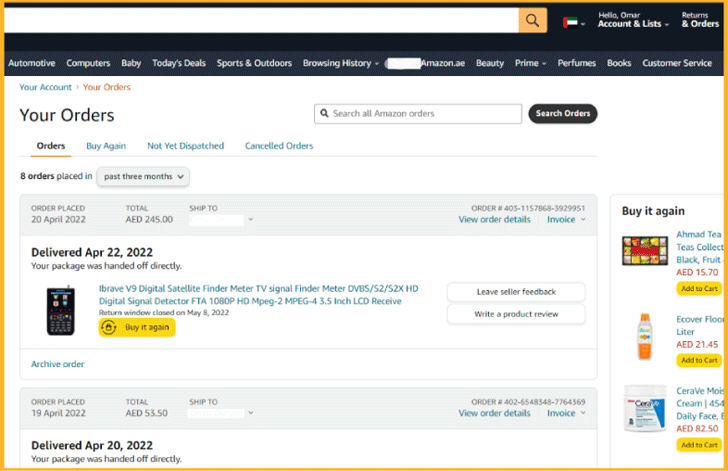
I’ve Found The Perfect Product To Sell… What’s Next?
Once you have the right product to sell, it’s time to do market research.
This step lets you decide whether the product is really worth selling or not.
Here are some of the things you want to look for in a product:
- High Demand: Choose a product that has already been in the market for quite some time and has a long history of good sales.
- Low to Medium Competition: If you want to easily break into the market with a small budget, it’s always a wise move to sell an item that is not offered by many people.
With proper listing optimization, a low competition item can easily rank for long tail and even short tail keywords.
However, competition isn’t always a bad thing and it is a strong indicator of how in-demand a product is.
High competition = High demand
The trick here is that you don’t want to sell exactly what your competitors are selling.
It should be a similar product but with a twist or an upgrade.
For example, you can have a different design, an extra feature, different packaging, improved quality, different material, and so on.
For instance, let’s say you want to sell reusable straws, a very popular product on Amazon.
Check out the difference between the two sets below.
The one on the left is a typical reusable straw set, and I’m sure you have seen it everywhere.
The one on the right is also a reusable straw set but with a lot of extra features. The straws are foldable, and each straw comes with its own case for portability; they come in different colors.
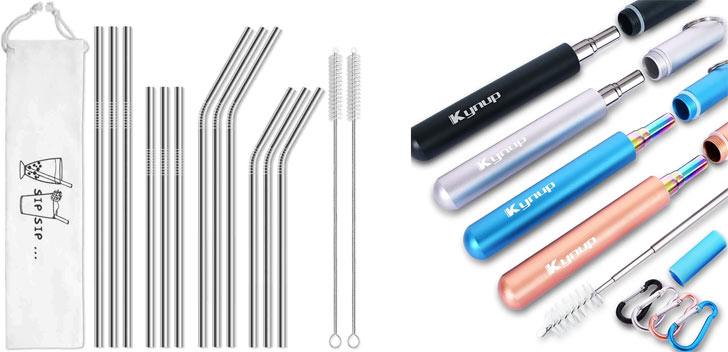
The best way to differentiate is to read your competitors' customer reviews and understand what shoppers like or don’t like about their products.
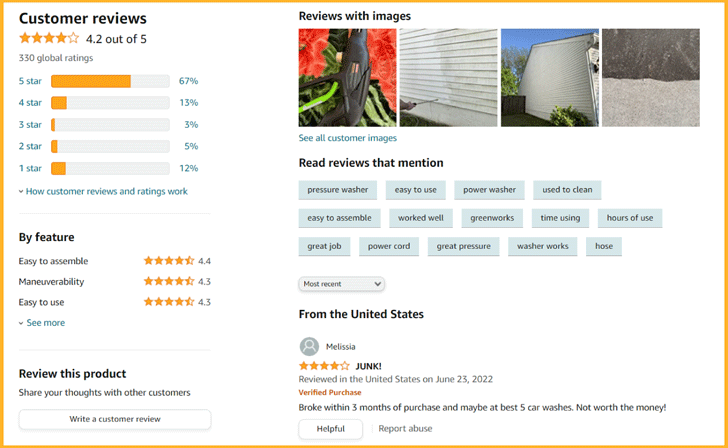
Use that knowledge to your advantage by fine-tuning your products and differentiating yourself.
It will also help you avoid getting negative product reviews.
With a proper product launch strategy and a higher budget, high competition items can make much more money than low competition items because the demand is higher.
Healthy Profit Margins
At the end of the day, what matters is the bottom line and how much money you are making NET of all the costs.
You need to take into account:
- Product manufacturing cost (including shipping from overseas)
- Amazon selling costs

- Your Marketing Cost (PPC ads or any other form of advertising)
As a rule of thumb, try picking a product you can sell for three times your cost.
If your product doesn’t have high margins and isn’t selling at a higher price point than what your competitors sell their products for, then there are other options available.
If you did your homework and worked on differentiating your product from competitors, you might be able to sell it at a higher price.
- A Product With A Decent Number Of Suppliers: You always need a backup plan in case of problems with your current product supplier.
Try to find products that are not too hard to find suppliers for, so you always have a Plan B if you have to deal with unexpected supplier difficulties.
So, Where Exactly Do You Carry Out Your Research?
Amazon Lists - Exploring Amazon can yield surprising research results.
Head on to the Amazon Bestseller lists to gain precious insights on the product you plan to add to your inventory.
Check out the top 100 best-selling products in any category, choose a sub-category, and look at the top 100 best sellers on that list.
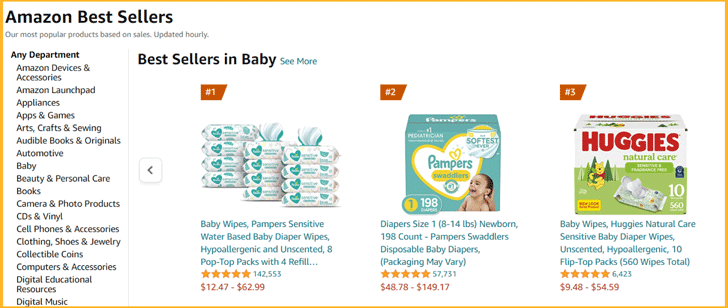
Doing so makes you more likely to find top-selling products with much less competition.
You may want to visit the “Hot New Releases” list to find out what products are selling great in real-time and what products are about to come out.
It’s also a good move to check out the “Customers Also Bought” and “Frequently Bought Together” sections for more private labeling ideas.
Talk To Your Current Supplier
If you are already selling on Amazon and have a good relationship with your supplier, you can speak to them and gain helpful information on the latest product trends.
Visit Marketplace Sites
Head on to popular trade marketplace websites, such as AliExpress, and find out which products have excellent ratings and high sales numbers.
Use Amazon Seller Tools
Using third-party Amazon seller software lets you conduct in-depth product research with just a few clicks.
Helium 10, SellerApp, AMZScout, ZonGuru, and Unicorn Smasher are just a few tools you can use for carrying out comprehensive and relevant Amazon product research.
My favorite tool is by far the Helium10 Blackbox feature. It allows you to find product ideas in just a few clicks.
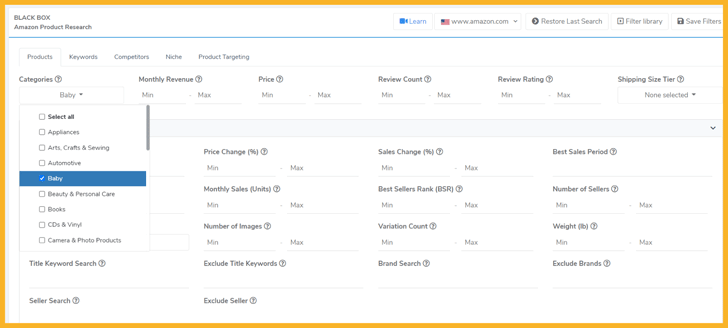
Their filters allow you to choose:
- The category you want to sell in
- Min and Max Monthly Revenue
- Min and Max Monthly Units Sold
- Review Rating (You can select products with low reviews)
- Product Weight
- Price
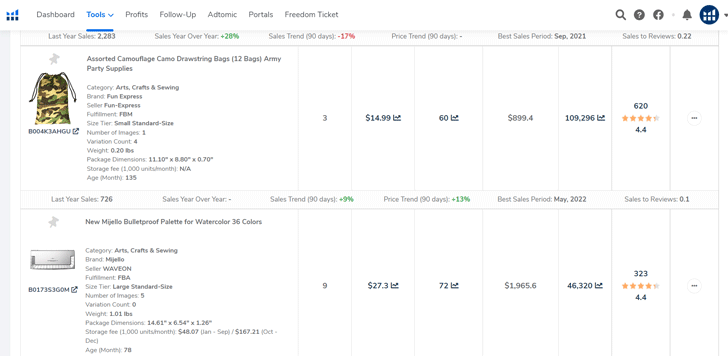
For every product on the results page, you get precious data such as:
- Sales Year Over Year
- Sales Trend
- Best Sales Period
- Number of Reviews
- Monthly Revenue
Let’s say you are interested in selling a Camouflage Drawstring bag. If you click on the ASIN, the product page will open.
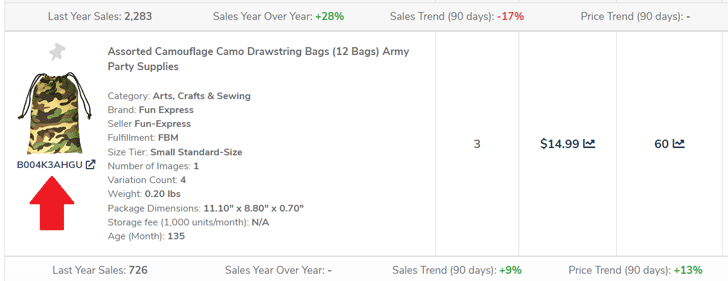
Click on the Helium10 Xray chrome extension. Then click on the Profitability Calculator.
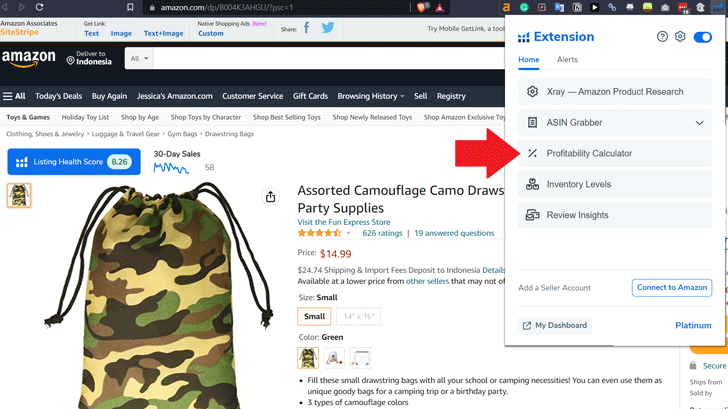
You’ll be able to analyze roughly how profitable this product is.
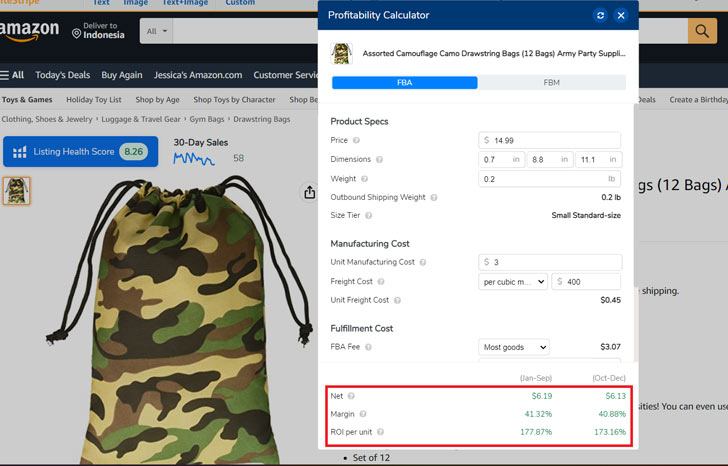
Another cool thing you can do is to check the Listing Health Score. This allows you to see how optimized your competitors’ listings are.
Because if their listing has a low optimization score, that’s where you can come in with a high-quality listing.
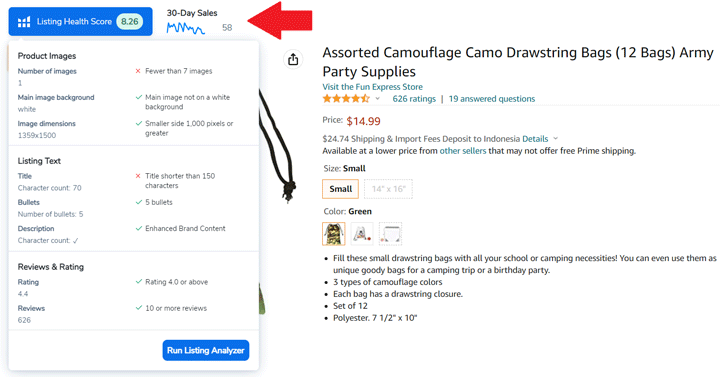
or example, this listing has a very low listing health score.
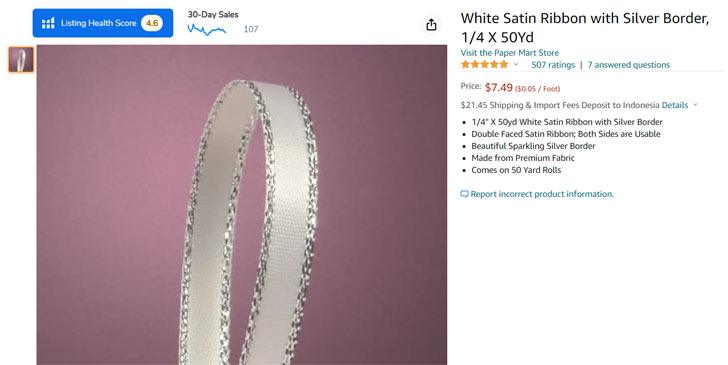
- The main image is not attractive at all and doesn't follow Amazon’s guidelines.
- The seller can add up to 7 images, but only the main image was added.
- The bullet points are not well optimized.
- The title is too short, and more keywords can be added to improve the product’s ranking and visibility
In summary, use your competitors' weaknesses to your advantage.
Bottom Line
Finding a winning Amazon private label product is not easy, and it takes time, but it's crucial to success.
If you do your research correctly, you'll be able to avoid the common pitfalls many eCommerce entrepreneurs make when starting.

Author Bio: Omar Deryan
Omar is the E-com Obsessed Co-founder and CEO of OJ Digital Solutions, an agency that helps Amazon sellers 2X their conversion rate by optimizing their Amazon listings.

